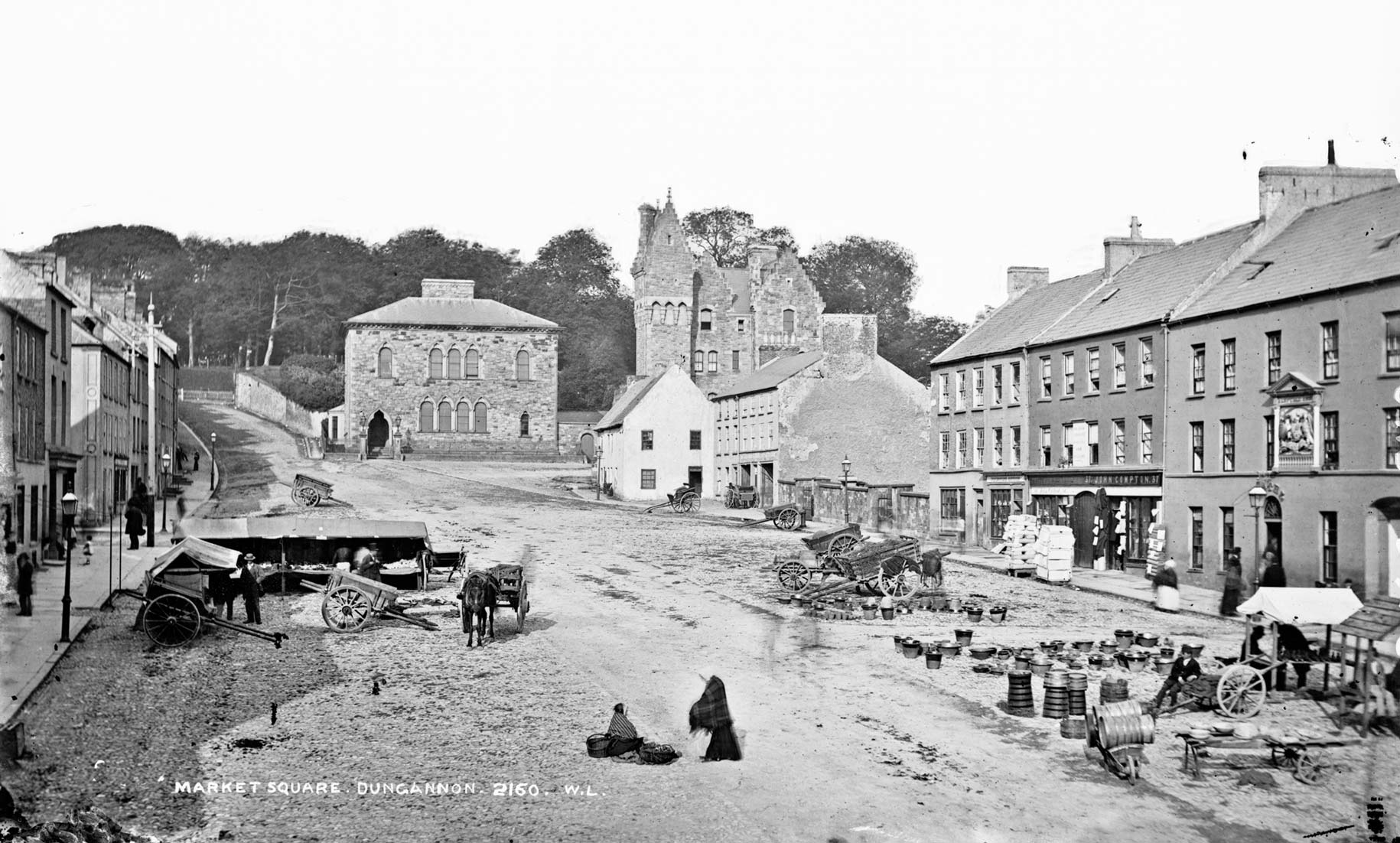Irish Party make it three-in-a-row with victory in East Tyrone
Dungannon, 5 April 1918 - The Irish Parliamentary Party has won the East Tyrone by-election. When the votes were counted and declared in Dungannon yesterday, they had a 580 vote majority. The full result read:
Thomas J. Harbison (Irish Party): 1,802 votes
Seán Milroy (Sinn Féin): 1,222
Spoiled: 15
The result, hot on the heels of the IPP’s victories in South Armagh and Waterford by-elections, marks another electoral setback for Sinn Féin.
However, the Sinn Féin candidate and supporters were putting on a brave face; Milroy’s principal supporters declared that their intention all along had been to merely test the feeling of the constituency. The Sinn Féiners also declared themselves content that their vote had held up against what they said was the combination of Irish Party and unionist forces. Publicly at least, they put forward the line that they had performed better than expected.
Much of the pre-election speculation had focussed on how unionists might vote, or if they would vote at all. With no unionist candidate in the race, Sinn Féin canvassers were of the mind that their nominee would triumph by a small majority if the unionist voters abstained. However, if they turned out, the balance would have been expected to swing to the Irish Parliamentary Party’s man. Harbison’s victory suggests that, on election day, a sufficient number of unionists did go to the polls.

|

|
The defeated Seán Milroy and the frontispiece of his book Memories of Mountjoy, published earlier this year. (Image: Irish Life, 29 March 1918 & Memories of Mountjoy. Both available at the National Library of Ireland)
Campaign tensions
There was some tension in the constituency in the run-up to the
election, with high profile political figures such as Joseph
Devlin (IPP) and Éamon de Valera (SF) joining the campaign
in support of their respective candidates.
Sinn Féin ‘peace patrols’ were, the Freeman’s Journal reported, more visible than in any previous election, with the sole exception of East Clare. Armed with hurleys and sticks, they paraded country roads and, on polling day, they took up positions in the vicinity of the booths.
But Irish Party supporters were no shrinking violets. In one incident, Sinn Féin’s Harry Boland and Dr McNabb were returning from a meeting on the outside of a car when they had stones hurled at them. Mr Boland leaped from the car, overtook one of the attackers and knocked him into a ditch.
Rival meetings
Tensions were not only between the two nationalist factions. On
the eve of the poll, an open-air meeting organised by Sinn
Féin in the Market Square in Dungannon was held up for over
an hour by a large group of young unionists who occupied the area
and chanted songs that included ‘Rule, Britannia’,
‘The Red, White and Blue’, and ‘We’ll hang
de Valera on the sour apple tree’.
When the unionists were moved on, the Sinn Féiners – marching in fours – arrived, bearing large republican flags and escorted by the Donaghmore Flute Band and the Coalisland Pipers Band. They didn’t stop in Market Square but proceeded to Anne Street where their meeting was held on the steps of the Technical Institute. Speeches were delivered by Countess Markievicz, Count Plunkett, the candidate Seán Milroy and others.
It was there that a rival meeting of Redmondites made an appearance, accompanied by the Ancient Order of Hibernians band. A police cordon kept them from progressing up Anne Street but a number of girls broke through to shout support for the IPP candidate and abuse at their rivals.
Victory speech
In his moment of victory, Thomas Harbison delivered a speech from
his hotel where he stated that he had been returned so that
Ireland ‘might have a government amenable to the Irish
people and that Ireland might have a place in the sun as a
nation’.
Mr Harbison was inundated with messages of congratulations, including one from his new party leader, John Dillon MP, who telegraphed ‘Nationalist Ulster stands firm’.
[Editor's note: This is an article from Century Ireland, a fortnightly online newspaper, written from the perspective of a journalist 100 years ago, based on news reports of the time.]





















